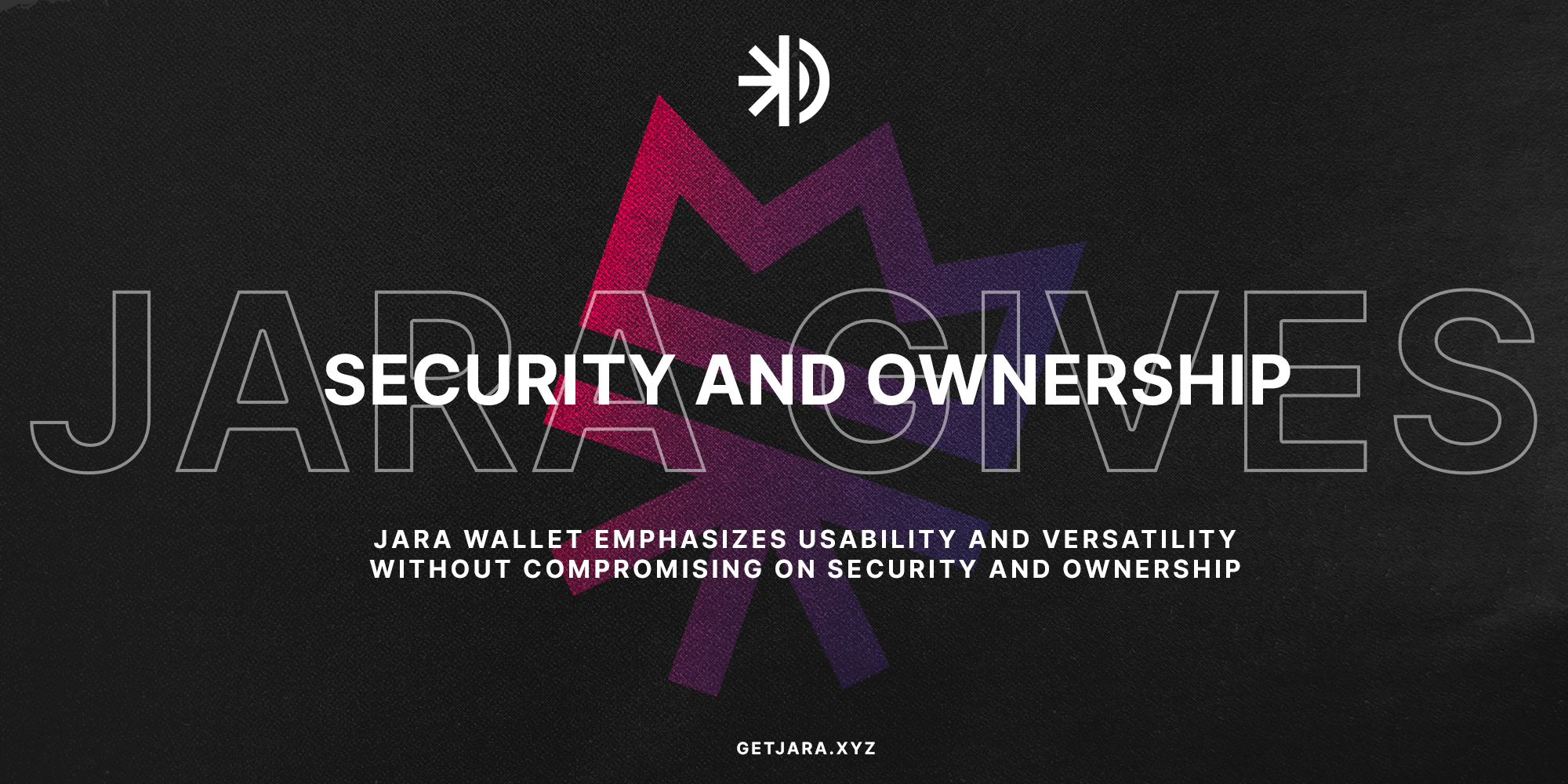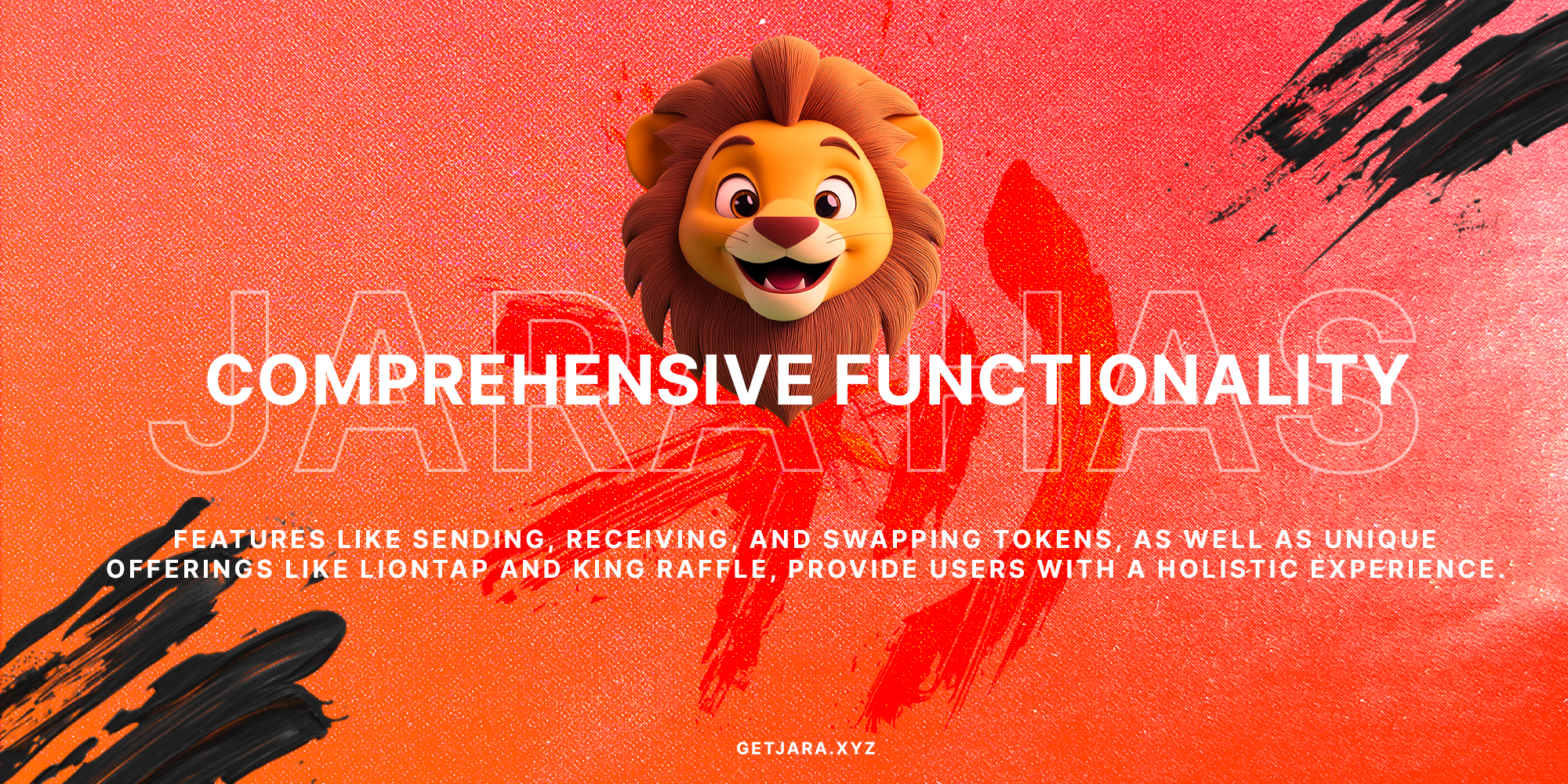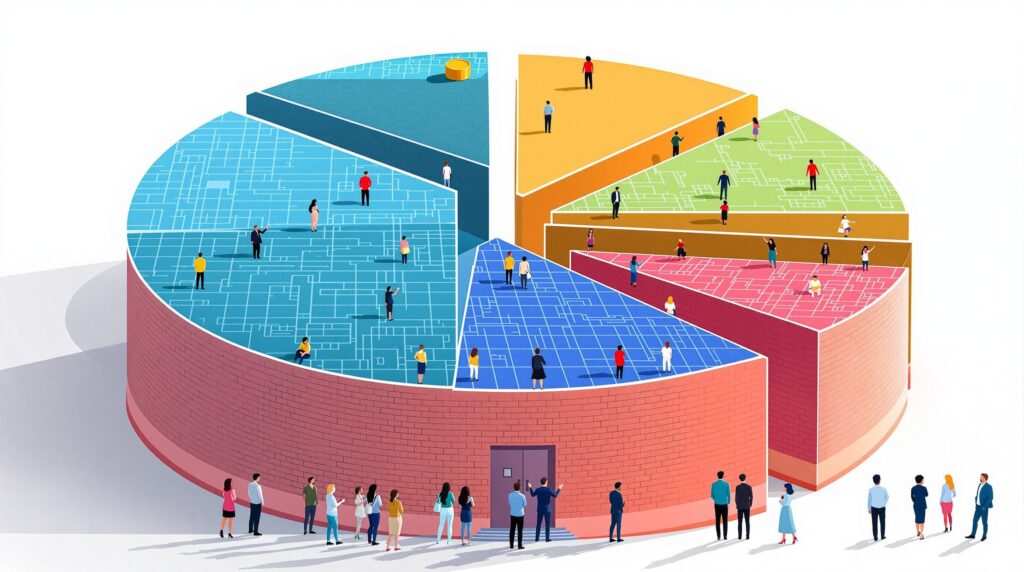Understanding Gas Fees and Smart Contracts
Why do gas fees matter in the blockchain world, and what exactly are smart contracts? Let’s dive right into it. At its core, gas fees are the costs required to perform any transaction or computational task on a blockchain network, such as Ethereum. Whenever you send Ethereum (ETH), interact with decentralized apps, or create an automated smart contract, you’re paying gas fees, which are essentially incentives for miners or validators to process transactions. But gas fees can get pretty steep, especially during network congestion. So, if you’ve ever scratched your head over high gas costs, you’re not alone!
Now, let’s talk about smart contracts. What exactly are smart contracts, and how do they work? These are self-executing contracts with the terms of the agreement directly written into code. They automatically execute transactions when the conditions coded into them are met. Essentially, smart contracts cut out the middleman, making transactions quicker and generally more efficient.
Why are gas fees crucial for blockchain transactions? Gas fees are vital because they compensate miners who validate and secure blockchain networks, ensuring transactions are processed effectively.
The Dynamics of Gas Fees
Gas fees are not fixed; they fluctuate based on several factors, primarily network congestion, transaction complexity, and the choice of blockchain. When loads hit their peak, gas fees can soar, making even simple transactions feel like navigating through a toll road during rush hour. But fear not, there are strategies to help you minimize these costs effectively.
The Influencers of Gas Costs
Wondering what drives these fluctuations? It boils down to three main factors:
- Network Congestion: When there’s a rush or a lot of activity on the blockchain, gas fees increase because multiple users are competing for transaction processing.
- Transaction Complexity: More complex transactions that require more computational power will lead to higher fees, as they demand more resources.
- Blockchain Used: Different blockchains have different cost structures. For instance, while Ethereum is famous for its robust ecosystem, its gas fees can be high. On the other hand, alternatives like Solana and Binance Smart Chain are known for lower fees.
In Africa, where financial inclusion and cost-effectiveness are critical, gas fees carry a significant weight in how efficiently blockchain technologies like Jara’s ecosystem function. Jara is changing the game by optimizing for cost and access to financial services. With the $JARA token, you can not only transact but also play a role in shaping the future of Africa’s burgeoning digital economy.
“Jara- Unlocking the Future to Africa’s Crypto Ecosystem.”
Balancing Cost and Functionality in Blockchain Transactions
How do you strike a balance between cost-effectiveness and functionality in blockchain transactions? Ensuring an optimum level of gas fees while maintaining network efficiency is a delicate balance. On blockchains like Ethereum, gas fees can quickly rise, especially during peak activity, such as when a popular NFT is launched. The more complex the transaction (think more computational work required by the network), the higher the cost. Does this mean you’re stuck paying a premium during high traffic? Not necessarily!
Try this:
- Time Your Transactions: Fees often drop during off-peak hours, particularly when North America sleeps. Taking advantage of these time slots can significantly reduce your costs.
- Use Layer 2 Solutions: These are built on top of Layer 1 blockchains like Ethereum, effectively reducing transaction costs and increasing speed.
By understanding these dynamics, you can make more informed decisions and strategically plan your transactions to align with less busy times or utilize networks that offer fewer fees, such as those featured in the Jara ecosystem.
The Role of [Smart Contracts] in Blockchain
Smart contracts have transformed how we conduct business in the digital economy. Built on blockchain technology, they execute automatically when predetermined conditions are met, eliminating the need for intermediaries. This automation not only streamlines processes but also enhances reliability by ensuring each party fulfills their agreement. Smart contracts are changing the game in various industries by adding transparency and efficiency.
Given Africa’s rapid digital transformation, the adoption of smart contracts can accelerate economic empowerment through more efficient infrastructure and inclusive financial services. Jara’s [Layer 2 solution](https://example.com) is engineered to support such revolutionary applications, making it easier and cheaper to tokenize real-world assets like the $6 billion Lagos airport project.
How do smart contracts operate in blockchain? Smart contracts are self-executing contracts with terms embedded directly in code. They automatically perform transactions once specified conditions are met, ensuring trust and efficiency.
The Role of Gas Fees in Smart Contracts
So, how do gas fees impact smart contracts? Gas fees play a critical role in the execution of smart contracts. Because every action in a smart contract requires a certain amount of gas, understanding these fees is essential to managing costs effectively, particularly for those engaging in decentralized finance (DeFi) applications on platforms like Ethereum.
Here’s what you should know:
- Base Gas Fee: The base fee is a standard part of each transaction, effectively functioning as a minimal cost that is burned, ensuring the network remains deflationary and secure.
- Priority Fee: This fee acts as a tip for miners to prioritize your transaction above others. When time isn’t of the essence, you can save by bidding less on this fee.
- Effect of Traffic: High demand spikes lead to increased competition and thus elevated gas fees. During such times, costs can become prohibitive.
Moving forward, it’s crucial to actively seek methods to make your blockchain interactions more cost-efficient. By minimizing gas fees, you can engage more freely with innovative ecosystems like Jara. The $JARA token streamlines the payment process on Jara’s L2 blockchain, helping users to participate more actively in Africa’s dynamic digital asset economy © without being hindered by high costs.
“Fuel Africa’s $200B+ Digital Asset Economy with $JARA and experience seamless, socially-powered financial transactions.”
Optimizing Gas Fees
What steps can you take to optimize gas fees? Effective management of gas fees requires strategic timing and resourceful tools. Ethereum’s gas fee structure reflects demand and supply dynamics—just like trying to commute during rush hour, it’s more expensive when everyone is trying to use the network at once. To help you manage costs without sacrificing efficiency, here are some key strategies:
- Transaction Timing: Executing your transactions during less crowded times can dramatically reduce gas fees. Look for times when the network activity dips, typically late at night or early morning.
- Batch Processing: By grouping multiple actions within a single transaction, you can significantly cut down on gas fees. This technique, known as “batching,” reduces the repetitive cost of individual transactions.
- Smart Contracts Optimization: Writing efficient [smart contracts](https://example.com) ensures reduced complexity, which translates to lower gas expenses. Consider auditing contracts for performance peaks.
- Use Low-Fee Blockchains: While Ethereum is highly popular, options like Binance Smart Chain or Avalanche offer similar functionalities with more affordable gas fees. These alternative blockchains have lower transaction costs.
- Leverage Gas Tokens and dApps: Gas tokens store cheaper gas and can be utilized when fees are high. Use decentralized apps that offer accurate real-time gas fee estimation tools to time your transactions smartly. Popular tools include Etherscan’s Gas Tracker.
- Batch Transactions: Group similar Ethereum transactions to reduce the cumulative cost of gas fees. This approach is especially beneficial for repetitive tasks.
- Maximize L2 Solutions: Layer 2 solutions, such as those based on [Ethereum](https://example.com), offer a highly efficient alternative to transaction processing by reducing gas fees and enhancing speed.
Strategies to Minimize Gas Fees using Layer 2 Solutions
Are you tired of the high costs of navigating smart contracts on blockchains like Ethereum? The rising gas fees can indeed affect your financial strategies and deter you from fully embracing the potential of decentralized finance and blockchain technology in Africa. However, there’s good news. Layer 2 solutions offer a viable path to significantly reduce these burdensome costs.
Layer 2 solutions are like creating an express lane on a busy highway—transactions are taken off the main blockchain (Layer 1) and processed separately, then bundled to be added back to the main chain in one go. By doing this, the computational effort needed drops significantly, leading to lower gas fees and faster transaction processing. Sounds interesting, right?
Benefits of Layer 2 Technologies
- Cost-efficiency: By moving numerous transactions off the main blockchain and processing them in one bundle, gas fees are greatly reduced, saving you money on each transaction.
- Scalability: Layer 2 solutions enhance the Ethereum network’s ability to handle a higher volume of transactions without congestion, much like how a second highway reduces traffic.
- Speed: With transactions being processed swiftly off the main chain, your interactions are completed faster than ever before.
Why should you care about Layer 2 solutions? They provide increased transaction speed, lower costs, and improved scalability, making them a practical choice for those engaging in high-frequency transactions, especially in Africa’s burgeoning digital asset economy.
Optimistic Rollups
So, what are optimistic rollups, and how do they work? Imagine you have a magical folder that can hold hundreds of tiny notes, each being a transaction. You can read more about this disruption by smart contracts in various industries. Rather than sending all these transactions separately and waiting for each to be processed, optimistic rollups assume all transactions are correct and valid, speeding everything up by processing them as one. Only if there’s a dispute does it go back to check each note, ensuring accuracy without slowing down the standard process.
zk-Rollups
zk-rollups, on the other hand, are like a trusted friend who checks all your notes before you send that magical folder. They generate a proof (a “zero-knowledge proof”), they use this method to ensure all transactions are valid before sending them for processing. This means there’s even less chance of disputes when these transactions hit the main blockchain.
How Layer 2 Enhances the Jara Ecosystem
By integrating Layer 2 solutions, Jara is strengthening its position as a leader in Africa’s digital asset revolution. Jara’s proprietary L2 blockchain, based on the robust Caldera architecture, offers a low-fee, fast-paced, and secure platform optimized for real-world asset tokenization and a growing ecosystem of dApps. This enables investors to seamlessly manage DeFi transactions, AI interactions, and more within the Jara ecosystem, all while minimizing gas fees.
“Invest in $JARA: Fuel Africa’s $200B+ Digital Asset Economy and participate in a revolutionary ecosystem, where reducing gas fees enhances opportunities.”Explore smart contract applications in Africa.
In conclusion, as African markets continue their digital transformation, optimizing your blockchain transactions through Layer 2 solutions not only cuts costs but also stimulates scalability and efficiency. Leveraging these technologies with platforms like Jara can empower you to engage in Africa’s digital economy effectively, paving the way for broader financial inclusion and accessibility.

Optimizing Transaction Timing and Utilization of Estimation Tools
When it comes to managing gas fees on the Ethereum network, timing is everything. But what exactly are gas fees? Gas fees, also known as transaction fees, are the costs paid by users to compensators for the processing and security of Web3 transactions. As network congestion increases, these fees tend to rise, potentially making transactions quite costly. That’s why choosing the right moment to execute your transactions can significantly reduce your expenses.
Optimizing transaction timing can lead to substantial savings on gas fees, particularly on networks like Ethereum.
Understanding Network Congestion and Timing
The Ethereum network experiences varying levels of activity throughout the day. During peak times, when more users are conducting transactions, gas fees are naturally higher. Understanding peak network times is essential for anyone looking to optimize costs and ensure effective use of resources.
- Analyze Network Congestion: Popular times, such as during high-profile NFT releases or market swings due to market manipulation, often see increased congestion.
- Choose Off-Peak Hours: Generally, the hours of 9:00 p.m. to 11:00 p.m. PT are considered off-peak times when most users in regions like North America are less active. Opt for these periods to perform your transactions.
- Weekend Transactions: The Ethereum network tends to experience less congestion over the weekends, which can be a strategic period for your transactions.
By being strategic about when you submit transactions, you can ensure that your gas fees are lower, making your use of smart contracts more cost-effective.
Utilizing Gas Fee Estimation Tools
Besides timing your transactions smartly, estimation tools offer a technology-driven solution for predicting gas fees and optimizing transaction costs. These tools provide real-time insights into the current gas prices, allowing you to make informed decisions about when to proceed with your transactions.
Gas estimation tools like GasNow and ETH Gas Station provide real-time data to help you decide the optimal time for conducting transactions on the Ethereum network.
- GasNow: A direct and easy-to-use tool that gives you immediate insights into the current state of Ethereum’s network congestion and estimates gas prices. This can help in avoiding sudden spikes and ensuring more secure and cost-effective transactions.
- ETH Gas Station: Offers detailed analytics and historical data. It’s a comprehensive platform for strategizing your transaction timings and maximizing cost-efficiency.
Keep in mind that the use of such tools is not only about immediate savings but also ensures you are making transactions in a more economical frame which is beneficial for long-term engagement in the ecosystem.
Jara’s Role in Optimizing Transactions
Jara provides a unique solution to these challenges through its innovative ecosystem supported by the $JARA token. By leveraging Jara’s Layer 2 blockchain architecture, users can benefit from efficient and low-cost transactions that are both quick and secure.
Invest in $JARA to minimize gas fees through Jara’s proprietary Layer 2 blockchain, designed specifically for efficiency and cost reduction.
- Layer 2 Solutions: Jara’s Caldera-based L2 blockchain provides a cost-effective alternative to Ethereum, allowing for seamless transaction processing with significantly reduced gas fees.
- Ecosystem Integration: Jara’s integration with multiple chains and socially connected wallets ensures a smooth user experience, further reducing costs associated with complex transactions.
By understanding how to capitalize on optimal transaction times and utilizing estimation tools, you can transform your interaction with smart contracts and significantly cut down on costs. Investing in platforms like Jara can further ease your journey in the evolving digital asset economy.
Exploring Low Gas Fee Blockchains and Transaction Batching Techniques
Did you know that there are blockchains other than Ethereum that offer much lower gas fees? If you’re diving into the world of smart contracts and Web3, understanding how to minimize costs is crucial. In this exploration, we’ll examine blockchains like Binance Smart Chain and Solana, renowned for their cost-effective transaction fees. Let’s delve into why these might be preferable alternatives and how transaction batching techniques can further help reduce expenses.
Discovering Alternative Blockchains
While Ethereum has been at the forefront of smart contracts and decentralization, it’s no secret that its gas fees can sometimes be sky-high, especially during peak congestion periods. Luckily, other blockchains like Binance Smart Chain, Solana, and Avalanche offer promising alternatives. So why consider them?
- Binance Smart Chain (BSC): Known for its compatibility with Ethereum, BSC provides low transaction costs and high throughput, making it an attractive choice for many traders and developers.
- Solana: Want speed? Solana is a blockchain that boasts fast transaction times at incredibly low fees, ideal for decentralized applications that demand speed and affordability.
- Avalanche: Avalanche offers its unique consensus mechanism, enabling swift transaction confirmations. Its low fees and high scalability make it a great choice for varied applications.
Blockchain platforms like these provide viable alternatives for users and developers seeking efficient and cost-effective solutions.
Unlocking the Benefits of Transaction Batching
What if I told you there’s a way to handle multiple transactions with just a single fee? Yes, that’s achievable through transaction batching. But, how does this actually work, and why should you consider it?
What is transaction batching? Transaction batching involves grouping several small transactions into one large transaction, significantly reducing gas costs by minimizing the computational work needed.
- Cost Reduction: By combining multiple actions into one, transaction costs are minimized, offering a more budget-friendly option for businesses engaging in frequent transactions.
- Efficiency: With streamlined processes, you can reduce the time and resources spent on individual transactions.
- Simplified Management: Managing fewer transactions can enhance your record-keeping efficiency and provide clarity, making every transaction traceable and easier to audit.
Putting Theory into Practice
For businesses and developers looking to cut costs, the Jara ecosystem could be a game-changer. With its proprietary L2 blockchain and decentralized wallet, Jara reduces transaction expenses and enhances user experience. Imagine being part of a thriving community where seamless financial operations are just a tap away. That’s the Jara promise.
Whether you’re investing in tokenized infrastructure projects or simply managing your digital assets, the ability to bypass hefty gas fees can empower you and your business. With Jara, you not only participate in Africa’s digital economy but also enjoy a remarkable suite of services that drives efficiency and saves on costs.
In a dynamic market like Africa, leveraging a platform that understands the unique challenges and opportunities can make all the difference. Are you ready to transform your financial landscape and join the revolution? With Jara, the advantages of cost efficiency, community engagement, and seamless transactions are not just possibilities, but realities.

What is the cost structure of gas fees in smart contracts?
The cost structure of gas fees in smart contracts is determined by the computational resources required for executing contract operations on the blockchain. Every transaction you execute involves computing tasks, measured in gas units, which you must pay for using the blockchain’s cryptocurrency, like Ethereum’s Ether.
How can smart contracts help reduce gas fees overall?
Smart contracts can reduce gas fees by implementing efficient code and optimizing transaction processes. These contracts can be designed to execute fewer computational steps, requiring less gas. Developers can also make use of advanced techniques like transaction batching, which combines multiple transactions into one, and security audits to prevent unnecessary operations.
What is the difference between gas fees and transaction fees in blockchain technology?
Gas fees and transaction fees, while often used interchangeably, differ primarily in their application. Gas fees specifically refer to the computational cost required to process a transaction or execute a smart contract on the blockchain. In contrast, transaction fees are a broader term that can include other charges associated with moving funds or executing agreements, not limited to computation costs. Learn more about these intricacies in our comprehensive guide.
How does network congestion affect gas fees for smart contracts?
Network congestion has a significant impact on gas fees. When demand for blockchain resources exceeds supply, the cost of executing transactions and smart contracts increases. To combat this, it’s crucial to understand peak transaction times and utilize estimation tools. For detailed insights, check out our article on blockchain network dynamics.

Related Practice Areas
Explore additional areas we specialize in to see how we can support your needs beyond gas fees and smart contracts.
List of Top-Rated Lawyers
Choosing the appropriate legal representation is crucial when pursuing a claim. A seasoned, committed Smart Contracts & Automation attorney ensures you’re equipped to make informed choices at each phase of the process.
- John Doe – Expert in Smart Contracts & Automation, Africa
- Jane Smith – Specializes in Gas Fee Reduction, Africa
- Michael Johnson – Renowned for Legal Smart Contract Management, Africa
Hear From Our Satisfied Clients
At the forefront of our Smart Contracts & Automation practice is a deep-seated commitment to client satisfaction. Each case is handled with utmost care, as echoed in the appreciative feedback from those we represent.

Take Action to Optimize Your Smart Contract Costs
Cutting-edge technology shouldn’t lead to soaring costs. At Jara, we provide expert guidance on reducing gas fees and optimizing your smart contract operations. Why leave your finances to chance when you can trust a dedicated partner?
“Your Voice, Our Mission” – we champion your rights with the tenacity and dedication that has earned us the trust of our community members.
By choosing Jara, you gain access to a team of professionals who understand the intricacies of smart contracts and are committed to saving you money. Download the Jara app for Android or the iPhone app to begin your journey towards financial efficiency. Visit us today at www.getjara.xyz and see how we can help bridge global capital to African assets.
Understanding Gas Fees in the Era of Smart Contracts
Gas fees are a crucial component of smart contract transactions, representing the computational effort needed to execute operations. If you’re diving into digital economies, understanding these fees is paramount to managing costs effectively. So, how can you navigate through these charges?
What Are Gas Fees?
Gas fees function as the transaction cost that users need to pay to compensate for the energy required to process and validate transactions on the blockchain. They ensure the network remains decentralized and secure.
Ways to Minimize Gas Fees
- Plan Transactions: Timing is critical. By scheduling transactions during off-peak times, users can often find reduced gas prices.
- Use Layer 2 Solutions: These are secondary frameworks built on top of existing blockchain ecosystems to facilitate faster and cheaper transactions.
- Optimize Smart Contract Code: Writing efficient code can lessen the computational load, thus reducing the gas required.
Minimizing gas fees requires strategic planning and up-to-date awareness of the blockchain network conditions.
Understanding Smart Contracts
Smart contracts are self-executing contracts with the terms of the agreement directly written into code. Their use can save time and resources but requires gas fees for execution.
Common Challenges
One of the biggest challenges with smart contracts is their complexity. Coding errors can lead to increased fees or even loss of funds. Regular auditing and testing are essential to prevent such issues.
“Knowledge is power in the world of blockchain.” Understanding how these systems work is crucial for efficient and cost-effective usage.
Key Takeaways
- Understanding Fees: Grasping the concept of gas fees and smart contracts is crucial for cost management.
- Optimization: Strategic planning and optimization can significantly reduce fees.
- Stay Informed: Keeping up with the latest developments in blockchain technology can offer new ways to save money.

















